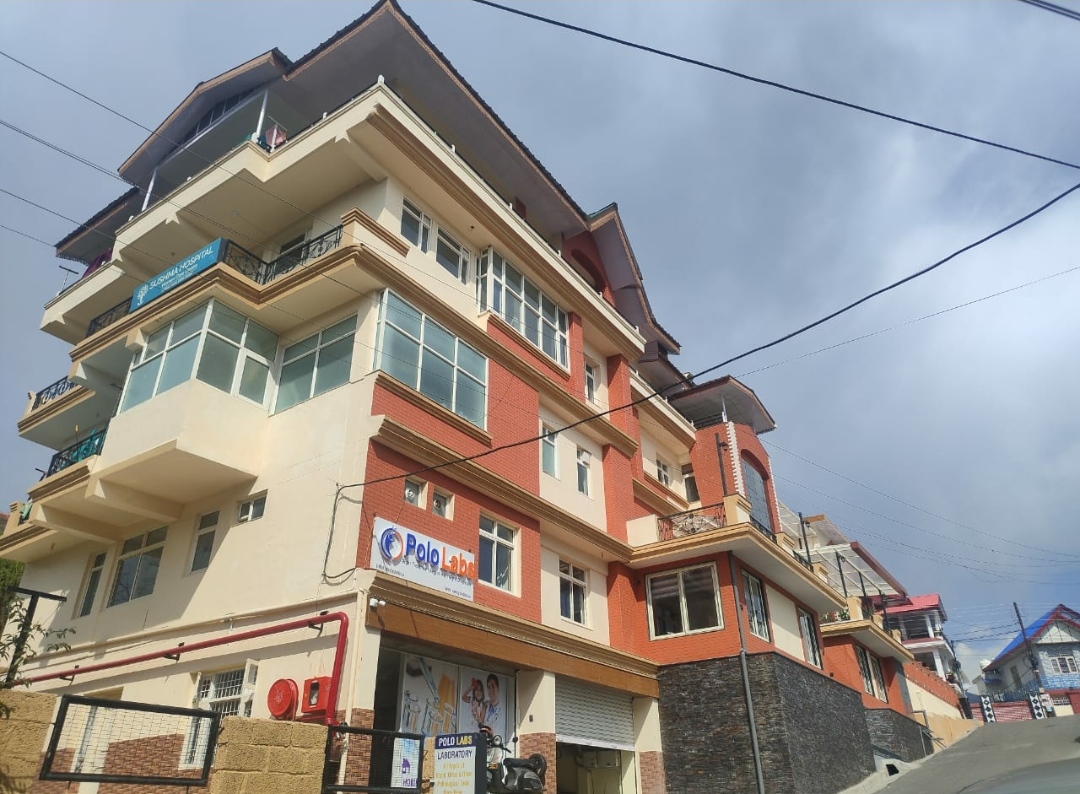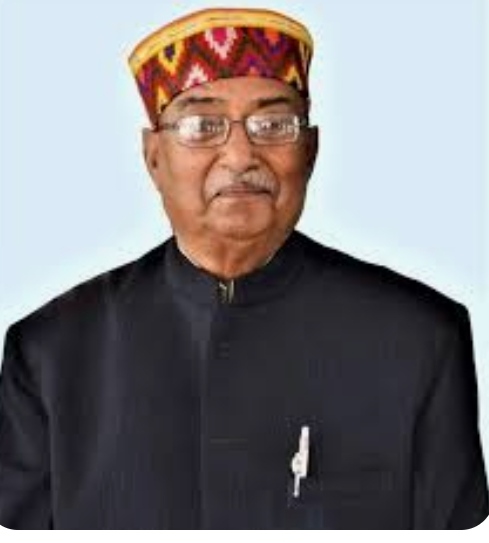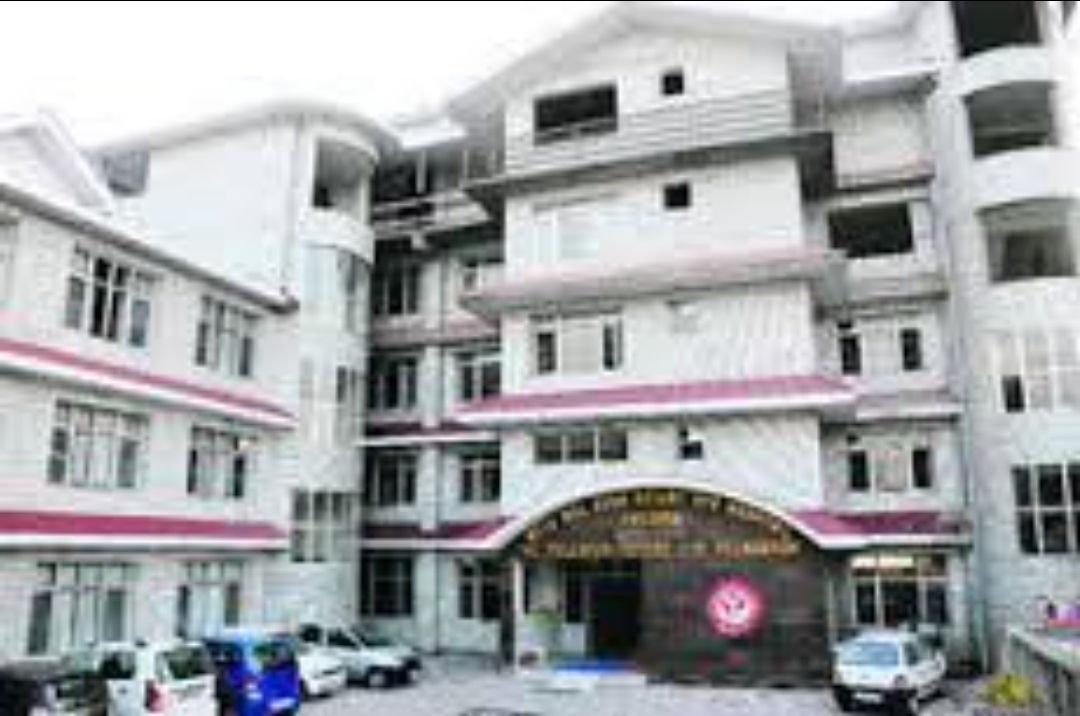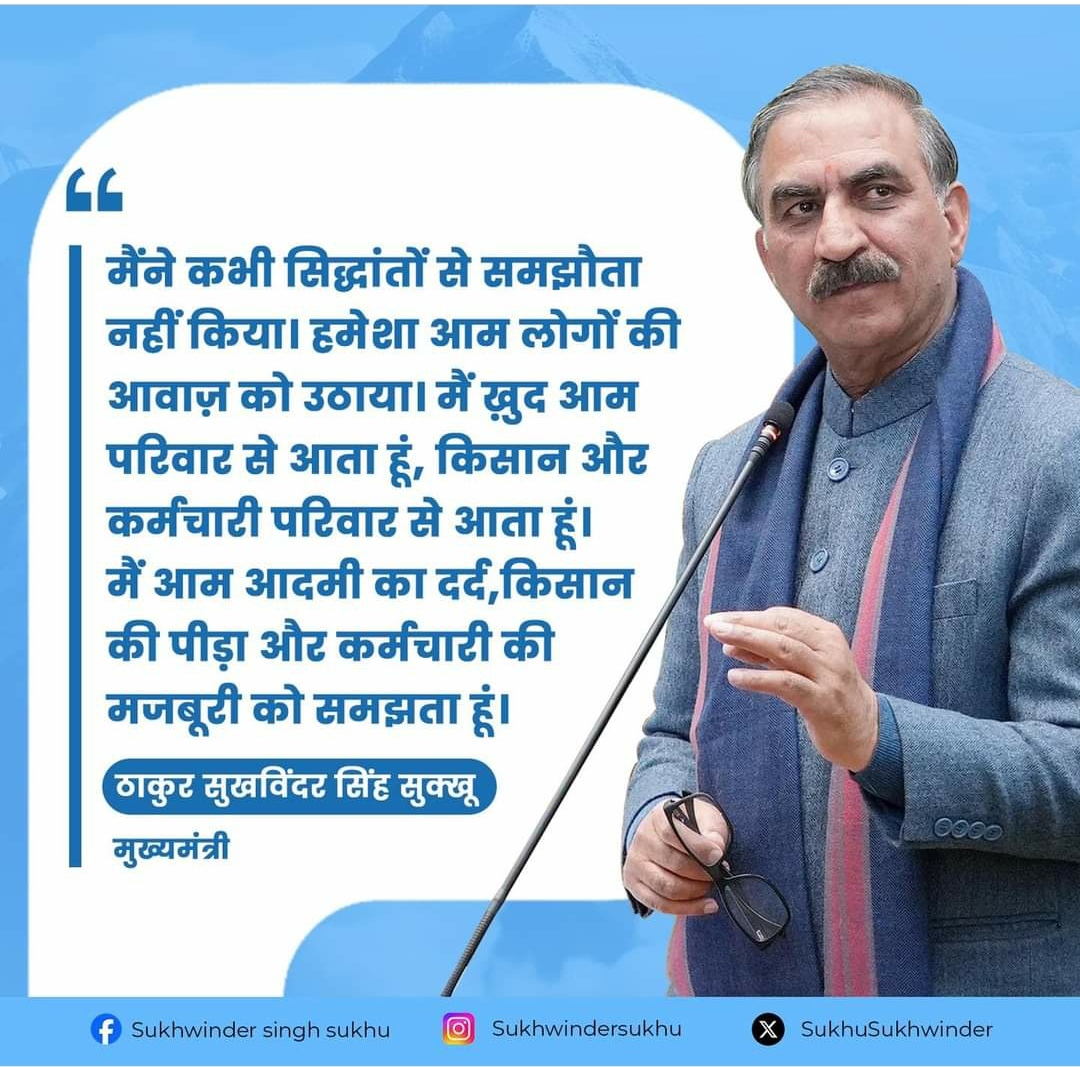













Armed Forces Special Powers Act (AFSPA): Shield or Sword
Diza kakkar
(Student of Class XII)
Mayo College Girls’ School Ajmer Rajasthan

Much like Nehru’s stirring words- “At the stroke of the midnight hour, when the world
sleeps, India will awake to life and freedom”, on May 7, 2025, while most of the nation still
lay in slumber, the crimson sky bore witness to the thunder of courage as Operation Sindoor
unfolded. In a swift, precise, and fearless engagement, our armed forces reaffirmed their role as the fiercest line of defence and as guardians of our Bharat. In the shadow of Operation Sindoor, the relevance of AFSPA (Armed Forces Special Powers Act) demands fresh scrutiny through the lens of security and democratic accountability, and as a reminder that our sovereignty is preserved under the aegis of laws like AFSPA.
Often described as a shield and as a sword, the Armed Forces Special Powers Act, enacted on September 11, 1958, remains a topic of praise, protest or reflection. AFSPA came into effect to maintain law and order in states affected by insurgency and secessionist movements (in Nagaland, to begin with, before being extended to several parts of the north-east), extended to Jammu and Kashmir in 1990 and due to stable political and administrative actions, it was
withdrawn from Punjab and Chandigarh in 1997.
Under Section (4) of the act, in simple terms, the armed forces can prohibit the gathering of
five or more individuals, can use force or open fire after giving due warning if they perceive a
threat, can arrest a person without a warrant or search any premises without a warrant and
ban the possession of firearms. In “disturbed areas”, as notified by the central government
(MHA), the armed forces have been granted special powers and legal immunity through
AFSPA and no officer on duty can be prosecuted for alleged violations of human rights without the prior permission of the Central Government.
It is in this backdrop, that the debate over AFSPA has been subjected to hugely polarised
opinions by the various stakeholders.
According to Amnesty International, “AFSPA is a raw instrument of war,” “a symbol of
oppression, an object of hate and an instrument of discrimination,” that has “legitimised human rights violations for decades”. In its 2013 report, “Denied: Failures in accountability for human rights violations by security force personnel in Jammu and Kashmir,” it alleged the failure of the Indian Government to prosecute cases of custodial death. Most activists and NGOs insist that the message being sent to the people of conflict zones is that the government is unwilling to address their real or perceived sense of injustice.
According to Minar Pimple, “till now, not a single member of the security forces deployed in J&K has been tried for human rights violations in a civil court and this has in turn facilitated other serious abuses”.
According to these organisations, the only option is a complete withdrawal of the law
considering Article 4 of the ICCPR. The UN High Commissioner for Human Rights and the
Justice Jeevan Reddy Committee (2005) recommended repealing or radically amending the Act. These critics argue that national security should not come at the cost of accountability.
The armed forces have remained steadfast in their standpoint that AFSPA is not a draconian law but a necessary legal shield that allows troops to function in insurgency affected areas. Lt Gen Syed Ata Hasnain, (Retd.), in a 2018 address said that “one cannot expect soldiers to operate with one hand tied behind their backs in conflict zones where enemies are faceless and rules are blurred”. Maj Gen Umang Sethi, in his book, “AFSPA-The Way Ahead”, basis his arguments for retention of AFSPA on the premise that India has been fighting a proxy war not only with insurgents but also with externally abetted forces that threaten the security of the state and of the country.
A frail legal standing would embolden the insurgent/terrorist organizations and their over ground workers to level frivolous
allegations resulting in the military leadership appearing more often in courts rather than
in leading counter-terrorist operations. Between 2010 and 2020, over 6000 soldiers have been injured and approximately 1200
soldiers have been martyred in internal operations, according to an MOD data report.
The Supreme Court of India, in the Naga Peoples’ Movement of Human Rights vs the
Union of India, upheld the constitutionality of AFSPA, noting that the Act does not
violate fundamental rights. Since 1990, the security forces have been accused of 1,511 cases of human rights abuse.
Out of these, 1,473 cases were found to be false. Where culpability was established, 104 soldiers, including 40 officers, have been punished in 35 cases so far. The army, in its security assessment, sees a rise in terrorist violence due to trained cadres infiltrating from Pakistan. If revoked, political compulsions may not allow its re- introduction and situations may deteriorate.
Manipur is often cited as proof and while investigations are still underway, critics opine that in J&K, the transition to civilian governance may have led to security lapses- though no official link has been established. There is no doubt that an ordinary citizen in these areas is suffering on a regular basis. Lack of development in disturbed areas, unemployment, inconvenience of checks and enhanced security measures, random checks and constant fear loom large. Once among the most prosperous regions in the Northeast, Manipur is now at the bottom of the socio- eco listings.
The official inability of the army to communicate their positive contribution in these areas are often overlooked. However, Army Sadbhavna measures in these areas are
widely appreciated by the civil populace that is paying the unfortunate price of living in
terror-stricken areas. As a student who strives to understand politica
l narratives, I can vouch that the operational philosophy of the Indian Army places a very premium on the preservation of human rights and guarding the local population. It is also a fact that terror trails often lead to foreign sources of funding and media narratives can be attributed to the economics of politics.
The goal of terrorists is to mobilize public opinion to demilitarise zones where they thrive. While development led security measures have reaped positive consequences in many areas in the Northeast, the same cannot be said of J&K even post the abrogation of article 370.Since the end of
Governor’s rule in J&K, which allowed for more military-aligned decision making, the
shift to elected governance and co-ordination between various agencies has affected real-
time intelligence. While this is not corroborated with actual evidence at this juncture, the Pahalgam incident highlights the delicate balance between democratically elected governments and operational requirements in sensitive and volatile regions. AFSPA represents the continuation of the threat and the need for a carefully crafted transition. I strongly support AFSPA because it provides our soldiers with the immunity to avoid legal battles in civil courts-and we all know how indefinite that can be.
Moreover, a soldier risks his all for our safety-operating without this shield would be a death-knell for operative success and national security. A man who takes an oath to protect the nation must be provided with legal cover so that he can discharge his duties without
worrying about his family or himself. Wisdom lies in the understanding of all stakeholders that the nation must always come
first and repealing the act without stabilizing the area could lead to a serious security
vacuum.






Comments are closed.